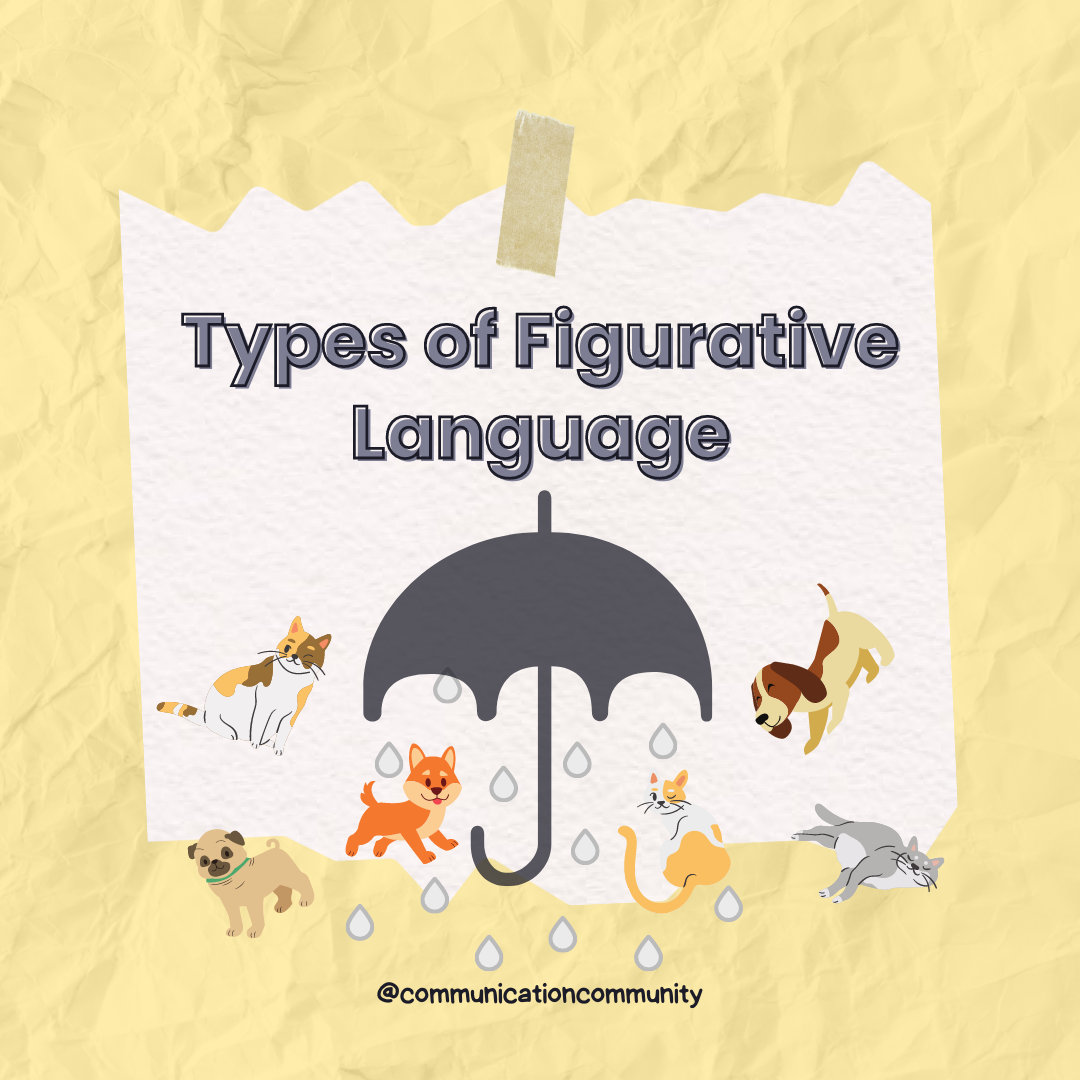In past posts, we have provided information and resources related to pragmatic language, including pragmatic language developmental milestones, and how to write pragmatic language goals. In this post, we will provide overviews of all of these topics to help see how pragmatic language comes together in identifying it, targeting it, and supporting it in therapy and beyond.
Read on to see:
1. What is pragmatic language?
2. Who may have pragmatic language difficulties?
3. Pragmatic language goals
4. How to support pragmatic language as a caregiver

1. What is pragmatic language?
- Pragmatic language, also known as “social language” can be thought of as when, how, and why we use speech and language.
- Pragmatic language skills are important for everyone as we are reliant on others to help us throughout our days and need to be able to communicate with them.
- A child needs to communicate to their caregivers their wants and needs, pains and weaknesses. As adults, we need to be able to communicate with doctors, bosses, co-workers, and friends.
- "Typical" pragmatic language skills can be subjective and differ based on different cultures and backgrounds.
2. Who may have pragmatic language difficulties?
- Many individuals that are autistic or individuals with autism spectrum disorder (ASD) present with pragmatic language weaknesses.
- Other individuals who may have pragmatic language deficits include those with intellectual disabilities, developmental disabilities, learning disabilities, and brain injuries.
- Not all individuals with perceived pragmatic language weaknesses need intervention.
3. Pragmatic language goals (examples)
- Using language
[Client] will make a request for 5 preferred items/activities, during structured activities, with 90% accuracy.
- Changing language
[Client] will adjust her vocal volume, across settings, within 4 out of 5 opportunities.
- Following rules (of language)
[Client] will choose to participate in a conversation for 4 or more conversational turns, when talking to a peer, in 3 out of 4 trials.

4. How to support pragmatic language as a caregiver
Whether or not your loved one is receiving intervention, there are still many things you can do to support pragmatic language development. Research supports the notion that supporting skills in naturalistic or everyday settings (e.g. at home, during play and daily activities) is beneficial and effective.
Some things you may think about as you engage with your loved one are:
- Topic maintenance
- Commenting/asking questions about a specific topic
- Model
- Role-play
We hope that looking at all facets of pragmatic language has been helpful! Click on any of the links above to be directed to more detailed articles about these topics.





![How to Write Figurative Language Goals [with goal bank]](https://www.communicationcommunity.com/content/images/2022/04/Figurative-Language-Goals.png)

